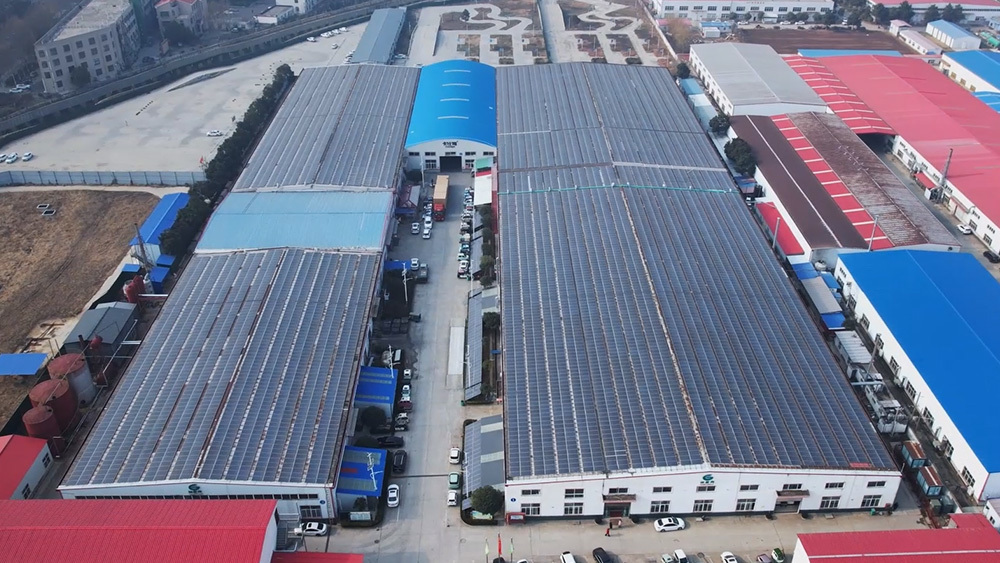Unlocking the Power of Agricultural Machinery Sprockets
这里是标题一h1占位文字
The Unsung Heroes of Farming
When it comes to farming, most folks think of tractors, plows, and the endless rows of crops. But hidden in the gears and cogs of this machinery are the unsung heroes: the Agricultural machinery sprocket. You might be wondering, "What’s a sprocket, and why should I care?" Well, sit tight, because we're about to dive deep into the world of agricultural sprockets, their importance, and what makes them tick!
What is an Agricultural Machinery Sprocket?
Simply put, a sprocket is a wheel with teeth that engages with a chain or track. You’ll find them in various types of agricultural equipment like harvesters, tractors, and tillers. Think of them as the gear that keeps the whole operation rolling—quite literally!
Why Sprockets Matter
Let’s face it: without the right Agricultural machinery sprocket, you might as well be trying to run a marathon with flip-flops! These little guys ensure that power is transmitted effectively from the engine to the wheels or other moving parts. The result? Improved efficiency, reduced wear and tear, and a smoother ride. What’s not to love?
Types of Sprockets
Not all sprockets are created equal. Depending on your machinery and needs, there are different types:
- Single Strand Sprockets - These are the simplest form and are often used in light-duty applications.
- Multi-Strand Sprockets - Perfect for heavier loads, these sprockets have multiple strands for added strength.
- Specialty Sprockets - Designed for specific applications, these can be customized based on your requirements.
The Materials That Count
Most agricultural sprockets are made from durable materials like steel or aluminum. The choice of material can significantly affect the sprocket's lifespan and performance. Steel sprockets are sturdy and long-lasting, while aluminum ones are lighter and often used for speed. It’s a classic case of "heavyweight vs. lightweight"!
Maintenance Tips
To keep your Agricultural machinery sprocket in tip-top shape, here are some handy tips:
- Regular Inspections: Keep an eye out for wear and tear.
- Proper Lubrication: Lubricate the chain and sprocket to minimize friction.
- Check Alignment: Misalignment can cause premature wear.
Taking these steps can save you from costly repairs down the road—trust me on this!
Signs of Trouble
So, how do you know when your sprockets need replacing? Here are a few red flags:
- Excessive Noise: If your machinery sounds like a rock concert, it’s time to check!
- Difficulty in Movement: If you’re feeling more resistance than usual, something’s off.
- Visible Damage: Cracks or chips on the sprocket teeth are a clear sign they're on their last leg.
The Future of Sprockets in Agriculture
As farming technology continues to evolve, so do the components that make it possible. The future of Agricultural machinery sprocket technology looks promising, with innovations aimed at improving durability and efficiency. From smart sensors that monitor wear to advanced materials that resist corrosion, the sky's the limit!
Final Thoughts
So, the next time you’re out in the fields, take a moment to appreciate the intricate machinery that helps feed the world. The Agricultural machinery sprocket may be small, but it plays a colossal role in the agricultural landscape. Who knew gears could be so fascinating?
Recommended News
The Unsung Hero of Farming: Understanding Agricultural Machinery Sprockets
Discover essential tips for maintaining agricultural machinery sprockets to enhance efficiency and longevity.
Understanding the Workings of Agricultural Machinery Sprockets
Explore the intricate workings of agricultural machinery sprockets and how they enhance farming efficiency.
Unlocking Efficiency: The Role of Agricultural Machinery Sprockets in Modern Farming
Explore how agricultural machinery sprockets enhance efficiency in farming, from tilling to harvesting.



